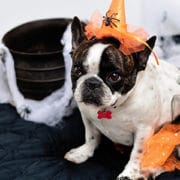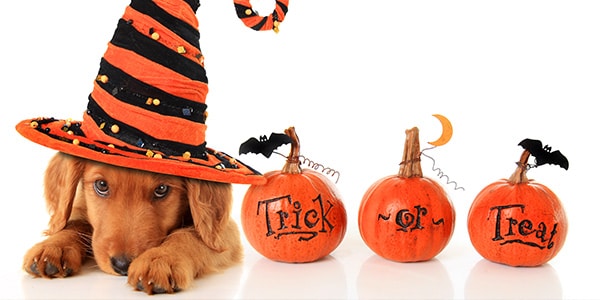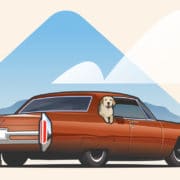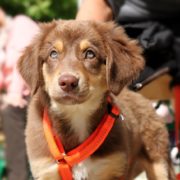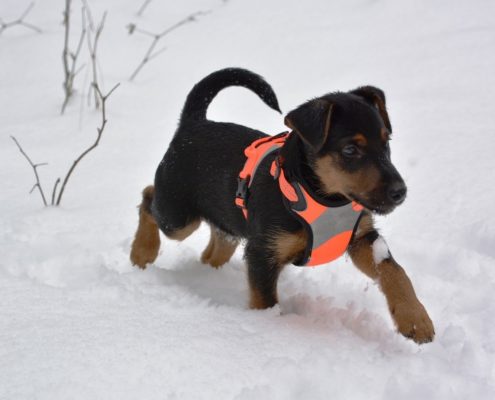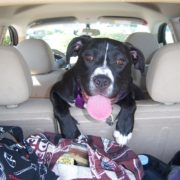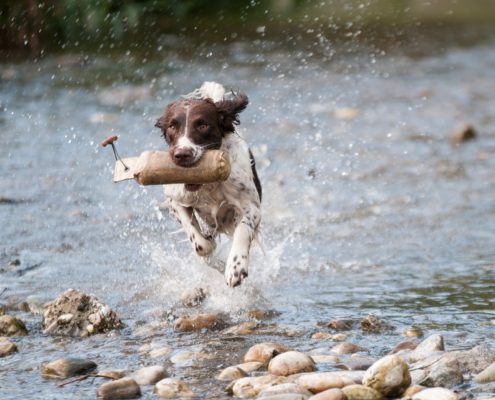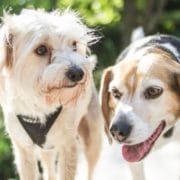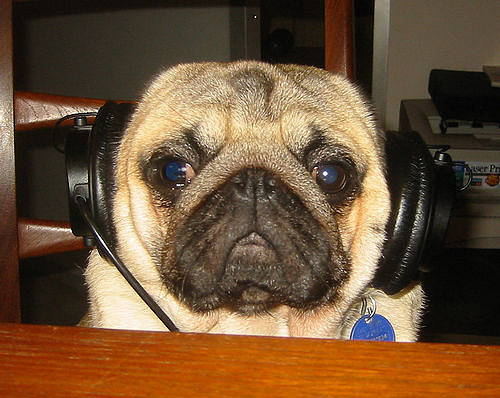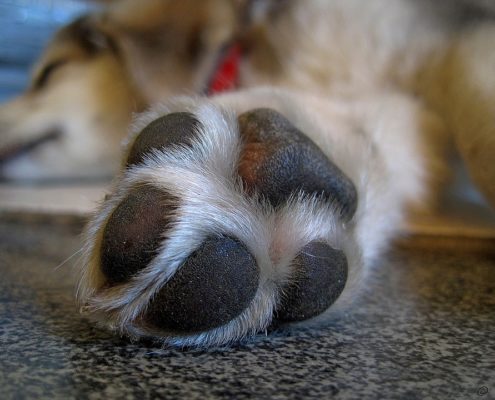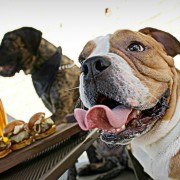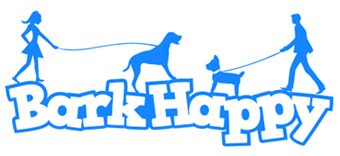Whether they are motivated by curiosity, hunger or an insatiable need to chew, some dogs manage to swallow some bizarre and unusual things. In a recent poll, thousands of BarkHappy app users were asked to submit the strangest things their dogs have eaten. These canines have taken the art of eating to a whole new level.
Cement: “One of my past dogs ate a bag of wet cement! We rushed her to the vet and she got her stomach pumped, but thankfully she was okay. — Jordan and Koda, Bellevue, WA

A floor tile: “Bo, being a Lab, eats a lot of random stuff he finds. The worst thing he has eaten was tile from the kitchen floor. He literally ripped it up and ate it. He pooped it out a day later and cried every time some came out. Guess that taught him to never eat tile again.” —Caitlin, Philadelphia, PA
A poisonous spider: “Moony once ate a poisonous spider and went into anaphylactic shock. She was so sick she almost died. Thankfully she is just fine now, but she is one we have to watch carefully or she will not be long for this world. (She’s not the brightest.)” —Sara, Seattle, WA

The couch: “My name is Diana. Our dogs are Bentley, Annabelle, and Joey. Annabelle is the couch eater.” —Diana, Tulare, CA
Toilet paper: “He “accidentally” eats rolls of toilet paper and paper towels all the time. He’s not sure how it happens. One moment the toilet paper roll is sitting there, minding its business, perfectly intact, and the next minute, it’s blown to smithereens all over the room. Dangerous stuff.” —Jackie and Rango, Philadelphia, PA
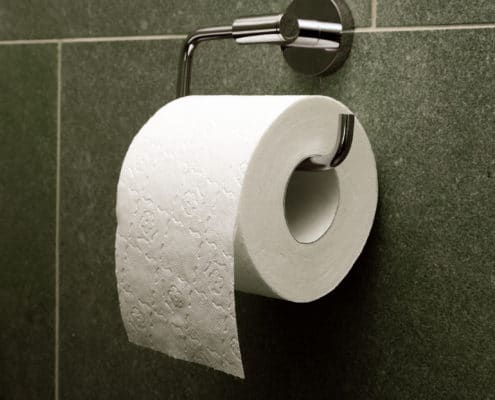
Hot sauce: “My dog got into some of our hot sauce and would not stop hiccupping for a couple of hours. He stays away from any red sauce now (sometimes).” —Gabi and Riker, Las Vegas NV
Books: “Oswin loves to eat books. I think it was something about the binding glue that he found particularly enticing. He’s definitely stopped doing it as much, but as a puppy he was quite the connoisseur of book spines.” — Kara, Albuquerque, NM
A ceramic snowman: “When my dog was a puppy, about 5 months old, she got a hold of a ceramic snowman. My grandmother made a lot of ceramics when she was still alive and I was lucky enough to inherit a lot of her ceramic works. I had this snowman out on a side table as a Christmas decoration. I woke up to find a trail of ceramic pieces from my room to the living room and Frosty’s still intact face under the table he once stood on. I was really upset when it happened, but I look back and am able to laugh about it now.” —Lindsey, Milwaukee, WI
An entire pizza: “We once left a pizza box on the counter pushed all the way against the wall. It was at least a foot away from the edge. She was a 4-month-old Lab. When we came back from sports practice, we found the box empty on the kitchen floor.” —Melissa and Midknight, San Diego, CA
Butter: “Kiba stole the plastic butter container off the counter and opened it, leaving two barely-there teeth marks in it and ate all the butter. He doesn’t even steal steak off the counter, but if we leave butter up there he thinks it’s fair game.” —Erica and Kiba
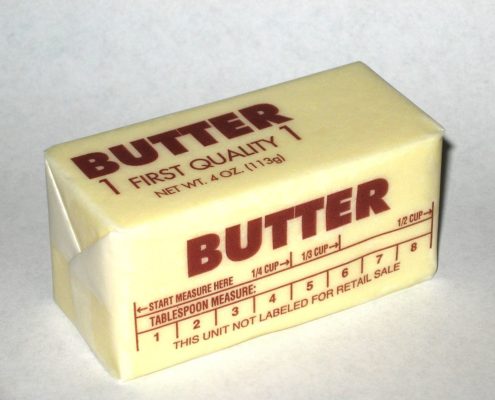
Figurines: “My dog is a 13-month chocolate Lab, so anything is pretty much game for her to eat… but the worst was a couple of porcelain figurines I had on a side table. Actually I think (or hope) she just exploded them and left pieces for me to pick up. “—Shirley and Sky
ChapStick: “For whatever reason, my dog loves ChapStick. I give him the best treats and food but if he finds ChapStick he’ll eat it.” —Ashley, Watertown, PA
Tin foil: “We mistakenly left a sheet of tin foil with salmon skin on it on the stove top when we left to get dessert, and when we came back it was reduced to tiny scraps. Her poop shined for a whole week.” —Lauren and Coda, Denver, CO
Crawfish: “My dog ate three whole cooked crawfish. Luckily they passed and she was fine, but I bet those pinchers didn’t feel too good coming out.” —Rebecca and Korra, Houston, TX
Legos: “Legos, either dog it doesn’t matter. They like plastic. The grandkid’s left them out and the dogs were bored.” —Julie, Oliver and Brutus, Orangevale, CA

Glitter: “Years ago I had a beagle named Humphrey. He was always very interested in arts and crafts and liked to “help”. One day he stole a container of glitter and ate most of it. He had sparkling poop for a week.” —Christine, O’Fallon, MO
A set of false teeth: “We jokingly call my dog “the goat”. If given the chance, he will anything. My parents visited for a weekend, and my dad has false teeth. At night, he took his teeth out and put them on the side table. My dog knocked them off the table and proceeded to eat them. The only thing left behind was a few pearly whites on the floor. Luckily we were able to get his false teeth replaced fairly quick.” —Christina and Gremlin, aka The Goat
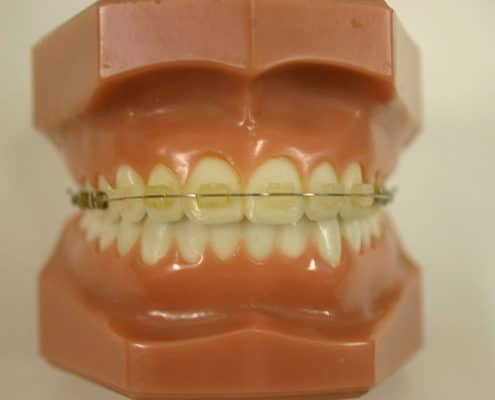
A container of hot chocolate mix: “My first reaction was to worry, but after some ingredient reading and internet research, hot chocolate mix won’t kill your dog….Cleaning up the poop for the next 3 days on the other hand might have a negative impact on you. “—Will and Napa
Tinsel: “My dog ate a small box of Christmas tinsel. The next day it looked like he had a “Christmas ornament” hanging from his backside!” —Melissa and Maynard, Pflugerville, TX
Leather car seats: “Our dog Roger has not eaten as many crazy things as our dog Pema, but he has still eaten some weird things. One weird thing he has eaten is the leather seats of our car. Almost every time we have left him in the car alone he often takes a couple bites. We once left him in the car with Pema for about 10 minutes and we came back but the seats were torn apart. Naughty Roger!!!!” —Haven and Roger, Boulder, CO
Money: “$23 in cash.” —Charlotte and Piper, Santee, CA
Furniture cushions: “Once when he was mad that we had left, he unzipped a couch cushion and ate a few big bites of the foam. There was a huge mess but I didn’t know he had actually swallowed anything until the next morning when a huge chunk of perfectly intact foam came out in his poop!” —Katie and Puzzles, Austin, TX
A bee: “Pal tried to eat a bee…yes, a bumblebee! He seemed fine after the initial pain of the sting, but a little while later he began howling in pain and we soon found out that the stinger was still stuck in his tongue!” —Allie and Pal
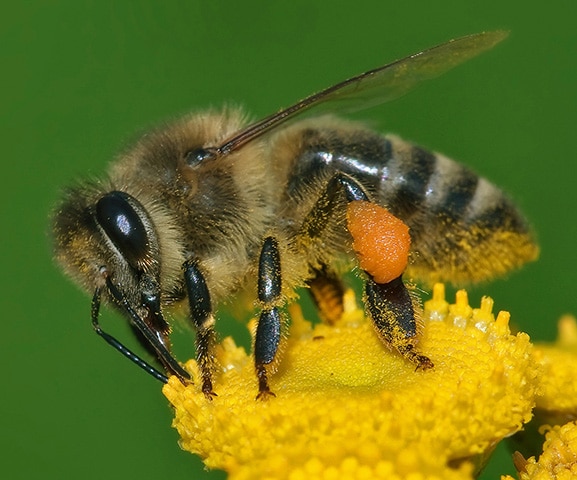
Has your dog eaten something strange or unusual? Post a comment on BarkHappy’s Facebook page to let us know what it was or share a revealing picture of your guilty dog caught in the act on Instagram with #barkhappy. Be sure to follow @BarkHappy to celebrate life with dogs.
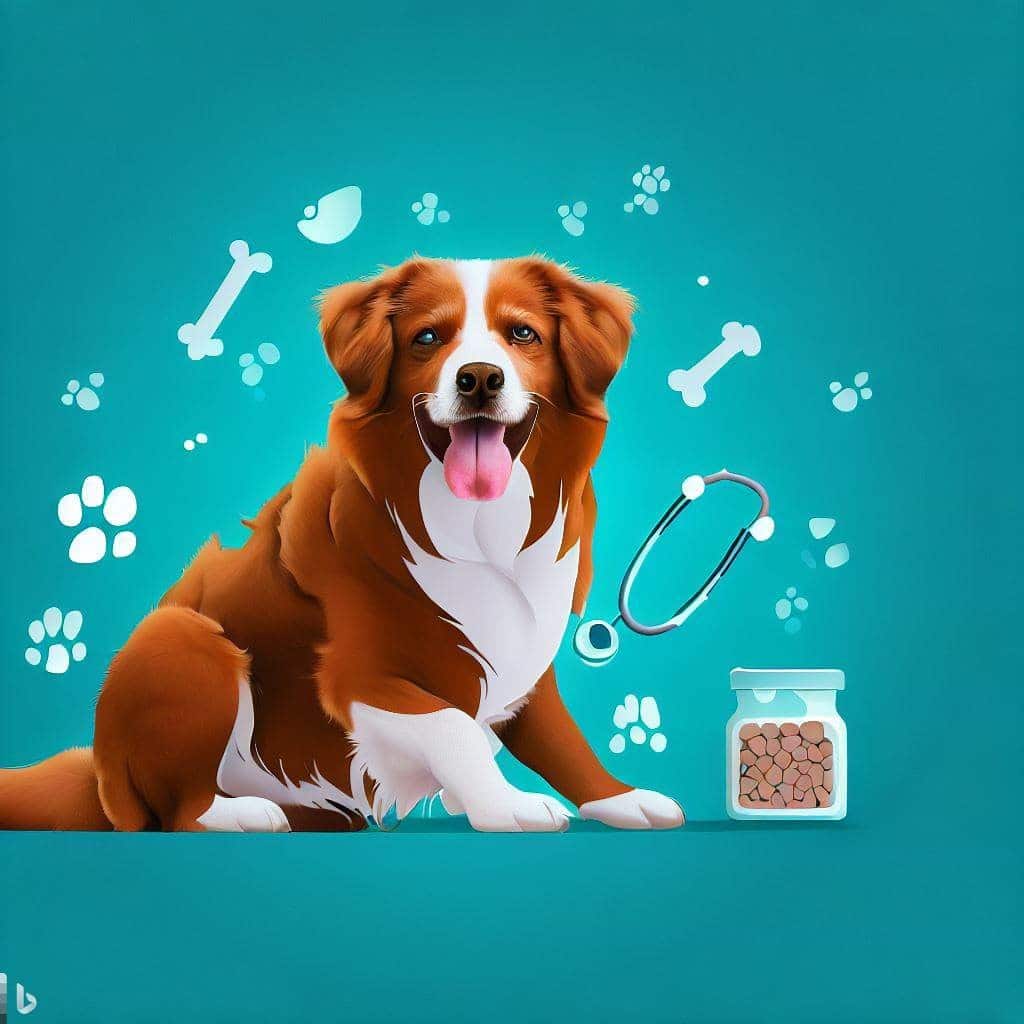

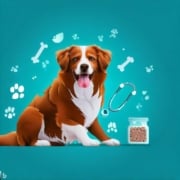
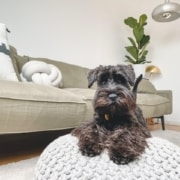
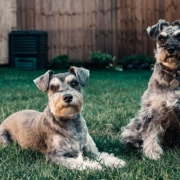 Photo Courtesy of Sebastian Coman Travel on Unsplash
Photo Courtesy of Sebastian Coman Travel on Unsplash